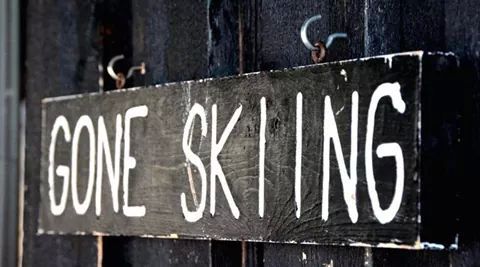There's been a lot of hype down under regarding the possibility of an 'El Nino' season for them for their 2015 winter.
But for those of us who are unfamiliar with this term, what does it mean?
Here we go... El Nino weather pattern is produced by warmer than average water in the Eastern Equatorial Pacific (so just off the North West corner of South America), it affects weather all around the world.
So how does this effect the New Zealand winter?
El Nino drags cold winds from the south, lowering the temperature and therefore increasing the chance of snow.
So far it seems to have done the trick, a couple of weeks ago resorts on the south island reported between 30-50 cm's of fresh snow. it also helped to create perfect conditions for snow making so that resorts with a lot of snow making capacity such as Coronet Peak (Queenstown, NZ) can fire up their guns!
Snow making at Coronet Peak
With more snow last week and another top up today is looking like the El Nino weather phenomenon could be setting up a great season for ski areas in New Zealand.
Its a well known fact that the snow over there isn't incredibly reliable which is why they sometimes have to rely on snow making to get them through the season.
Having spent time in Queenstown last summer I understand this well, last season was a particularly low snow season and some resorts would of struggled to open without snow making facilities.
When the snow is good, New Zealand seems to offer the perfect package for holiday makers and serious skiers to boot.
So fingers crossed for plenty of the white stuff!
Here's another pic from Coronet Peak today to wet the appetite...
Meadows Express beginner chair at Coronet Peak (Queenstown, NZ)
http://www.thetigneschaletcompany.com











